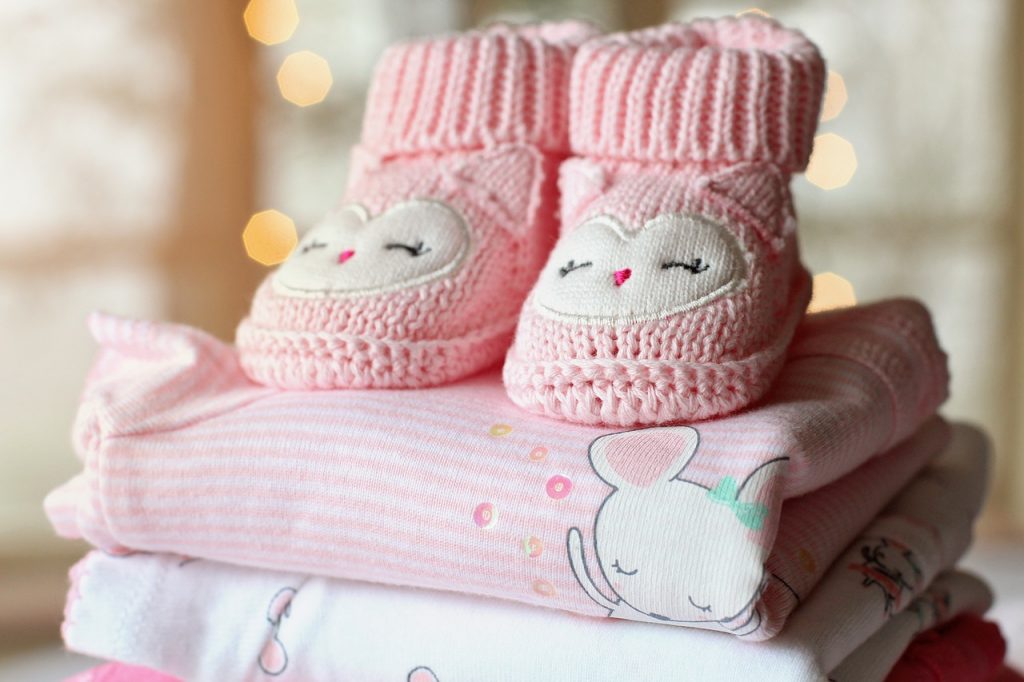
Baby clothes don’t usually show much difference when it comes to gender, which is why you may find that half of your son’s wardrobe is actually filled with female baby clothes. It is not your fault; there isn’t much available to show any difference. Furthermore, they all fit just fine! If it’s a matter of color, you can be assured that no one will look at you differently for dressing your daughter in black or your son in pink. If you insist on getting the gender correct while shopping, here are a few differences to look out for:
THE FITTING: GIRLS’ CLOTHES ARE A BIT BIGGER THAN THAT OF BOYS AT THE SAME SIZE
It is a common belief that baby boys should be bigger than girls, but you will find that it is quite the opposite, especially from around seven months onwards. Most mothers can attest to this; if you get two identical same-size outfits from one company and put them on twins, you will notice that the baby girls’ will be a bit tighter. If they both fit, then, it is all well, but as they grow older, you will notice the difference.
WATCH THE CUT. IT MIMICS ADULT CLOTHES
Babies will have the same body shapes until they near puberty and their bodies start running on hormones. Regardless, baby clothes companies will make them to reflect those of grown-ups which is why you should not be surprised to realize that most of your baby girl’s shirts have a plunging v-shaped necklines and the dresses have a cinched waist, while those of your darling son are boxy with loose sleeves and plenty of space for movement. This, however, should not be interpreted in any wrong ways but merely a cue to differentiate the different genders when buying the clothes.
THE SYMBOLISM SAY A LOT
This is not entirely surprising as you wouldn’t be buying your daughter a navy-blue shirt with a superman symbol in front. It is almost an unstated rule, that superheroes and cars go to the boys and the girls get rainbows, kittens, flowers, ponies and pretty much everything white or pink and fluffy.
When it comes to color, you will notice that daddy’s boy baby clothes are either black, grey, and dark shades of other colors such as blue and green. Girls, on the other hand, have theirs in pink, white, red, and the lighter shades of all other colors.
CHECK THE QUALITY
Once you take a closer look, you may also notice that girls’ clothes are flimsier and lighter than their counterparts. The boys have them thicker and heavier. They are also remarkably warmer, which will leave you wondering if the girls aren’t supposed to feel cold.
Conclusively, you can’t help but notice that the clothing system is somehow inclined towards teaching children the differences between their gender while they are still young. As usual, the girls are given the emotion and bliss while the boys are shown masculinity and toughness. At the end of the day, however, it is up to you as the parent to decide what your children will and will not learn.